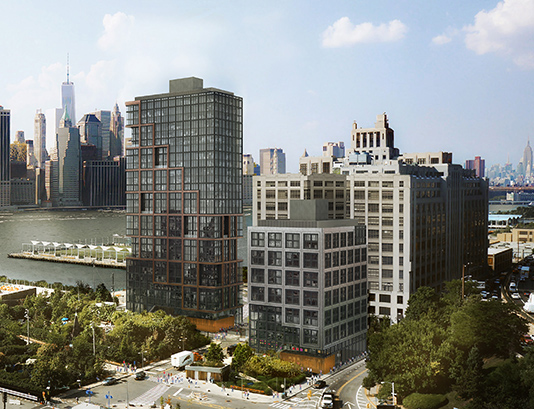Brooklyn Heights Pier 6 fight now in judge’s hands for decision
Applause in courtroom following arguments

The case of the Brooklyn Heights Association vs. two controversial towers in Brooklyn Bridge Park is in the hands of the judge now. Rendering courtesy of ODA-RAL Development Services / Oliver’s Realty Group
The judge overseeing the legal battle over two residential towers going up at Pier 6 in Brooklyn Bridge Park tried several times to encourage the adversaries to reach a settlement during Wednesday’s final day of oral arguments at the Civil Branch in Manhattan.
But the Brooklyn Heights Association (BHA) and the park, along with the towers’ developers, chose to fight on.
The Manhattan courtroom of state Supreme Court Justice Carmen St. George has been consistently packed over the course of four hearings. St. George took the case over in August from Justice Lucy Billings, reassigned to oversee asbestos cases.

Brooklyn Heights
View MoreRead the Brooklyn Height's Press and Cobble Hill News. Find out more about Brooklyn Height's History here.